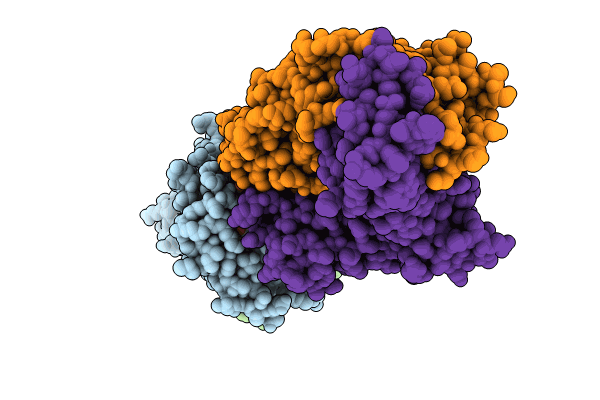
Deposition Date
2024-02-09
Release Date
2024-09-04
Last Version Date
2025-02-12
Entry Detail
PDB ID:
8RYN
Keywords:
Title:
Structure of S2 TCR in complex with HLA-A*11:01 bound to ELFSYLIEK peptide
Biological Source:
Source Organism:
Homo sapiens (Taxon ID: 9606)
Host Organism:
Method Details:
Experimental Method:
Resolution:
1.97 Å
R-Value Free:
0.25
R-Value Work:
0.22
R-Value Observed:
0.22
Space Group:
P 1 21 1


